With the rapid development of Internet technology, communication technology, artificial intelligence, and computer technology, intelligence has become a trend and trend. From smart phones and smart home appliances to smart manufacturing and intelligent logistics, intelligent intelligence has penetrated into all walks of life. In the context of "Industry 4.0", "Intelligent Transportation", "Smart City" and "Internet +", automotive intelligence has become the most important trend and trend in the development of the automotive industry.
Since the 21st century, the development of the Internet, IT technology and intelligent technology has brought about tremendous changes in human daily life, and at the same time further promoted the improvement of people's requirements for smart products. For cars, an important means of transportation for modern humans, people have higher requirements for their safety, energy saving, environmental protection, convenience and comfort. Cars bring convenience and speed to people, but also bring a series of problems such as traffic accidents, urban traffic congestion and environmental pollution. From a national and social perspective, the sound development of the automotive industry is not only about the automotive industry itself, but also about the country's economy, environment, and employment. Therefore, automotive intelligence with information and automation as the core has received extensive attention. What is more noteworthy is that under the general trend of automobile intelligent network integration, in addition to traditional automobile companies, Internet companies are also joining the ranks of automobile manufacturing, and driverless cars and Internet vehicles have become the focus of attention. Under this development trend, how will traditional car companies, which have always been considered to be “conforming to the rulesâ€, face the current rapid development of intelligent trends?
In this context, this paper will review the general trend of automotive intelligence, outline the relevant development plans and industry status at home and abroad, introduce two technical routes led by car companies and IT industry, and deeply analyze the development of automotive intelligence at various stages of development. Its characteristics and meanings, summarizing the challenging issues it faces and making recommendations for its technological development.
Car intelligent background
While improving people's living standards, cars also bring about increasingly serious social problems such as energy, environment, safety and congestion. China has become the world's largest crude oil importer and the second largest oil consumer. Currently, China's automobile fuel consumption accounts for about one-third of the total oil consumption. It is expected that this proportion will rise to 57% by 2020. Therefore, how to effectively improve energy efficiency, reduce energy consumption, and reduce emissions is a huge challenge for the country and the industry. In terms of traffic congestion, according to data released by the Ministry of Communications in 2014, the economic losses caused by traffic congestion in China amounted to 250 billion yuan, accounting for 20% of the disposable income of urban population. In addition, according to a global traffic ranking report released by the US traffic information service company INRIX in 2017, traffic congestion in the United States caused about $300 billion in losses in 2016, including Los Angeles with 104 h/person congestion time. The most congested city in the report. In terms of safety, according to the National Highway Traffic Safety Administration, the number of deaths in road traffic safety accidents in 2015 was 35,092, an increase of 2,348 from 2014, and the increase of 7.2% has been the highest in nearly 50 years, and in 2015. The economic losses caused by traffic accidents in Europe reached 2% of GDP.
Smart cars based on automation and information technology have great potential for solving energy, safety and environmental problems, and have received great attention. At present, there is the following consensus on automotive intelligence: by using automatic driving technology, it can reduce 90% of traffic accidents caused by human operation; through vehicle-to-vehicle communication and intelligent speed planning, road traffic rate can be improved in the early stage of intelligent development. More than 10%, in the highly automated phase, the road communication rate can be increased by 50% to 90%; in terms of energy saving and emission reduction, energy consumption can be reduced by at least 15% to 20% through economic driving and overall intelligent transportation planning. Not only that, with the application of new technologies in the field of electronic information in recent years, the rapid development of Internet of Things, big data, mobile internet, automation, and intelligent technology has also brought good technical conditions for automotive intelligence. Therefore, the problems brought by the traditional car, the new goals and needs of the car development and the possibility of intelligent realization brought about by the development of the technology have formed the pulling force and driving force for the intelligent development of the automobile. In this environment, automotive intelligence has become a hot spot in the industry, and is causing tremendous changes in the industry.
To this end, countries around the world have developed corresponding automotive intelligent research programs, the EU, the United States and Japan have issued policies and regulations to promote the development of intelligent network vehicles. China also clearly stated the overall goal of automotive intelligent technology in "Made in China 2025", which is to formulate China's autonomous driving standards: based on multi-source information fusion, multi-network integration, using artificial intelligence, deep mining and automatic control technology, with Intelligent environment and auxiliary facilities to achieve autonomous driving; can change travel mode, eliminate congestion, improve road utilization; vehicles equipped with automatic driving system, comprehensive energy consumption is reduced by 10% compared with conventional vehicles, reducing emissions by 20%, reducing traffic accidents by 80% , basically eliminate traffic deaths. After "Made in China 2025", the Ministry of Industry and Information Technology, the National Development and Reform Commission, the State Bureau of Surveying and Mapping and other relevant ministries and commissions issued a number of policies to promote the development of smart cars from smart cars, networked, intelligent manufacturing, map information collection, and big data. .
2 technical routes for car intelligence
At present, there are two different technical routes for automobile intelligentization: one is to gradually improve the level of automobile driving automation based on automobile enterprises; the other is to develop the unmanned technology based on scientific research institutes and IT enterprises.
Gradually improve driving automation
The technical route aimed at gradually improving the level of automobile automation is the main idea for automobile companies to promote the intelligent process. From the perspective of automotive technology, the degree of automation of automobiles is constantly increasing, and it is developing towards the intelligentization of assisted driving, semi-automatic driving, highly automated driving and fully automatic driving.
In the assisted driving phase, the vehicle control is dominated by the driver, and the machine assists the driver to reduce the driving burden. From the perspective of driving rights or driving intentions, the driver has the final driving right (Figure 1). At present, the assisted driving technology installed on the mass production passenger car has lateral stability control and electric power steering control. Some high-end cars are equipped with automatic parking, adaptive cruise, and lane departure warning system. In the semi-automatic driving phase, the vehicle's automation level is further improved, and under certain conditions, there can be a short-term hosting capability. At this time, the car has a certain ability to make decisions on its own (Figure 2). At present, major auto companies have invested heavily in the development of semi-automatic driving technology with specific conditions (low speed) hosting capabilities, including anti-collision emergency braking, mobile remote parking, congestion following, and lane tracking control technology. In the highly automated driving phase and the final fully automated driving phase, the vehicle is highly autonomous, and the car can be self-planned, decision-making and controlled, enabling complex conditions of custody or even full autonomous driving (Figure 3).
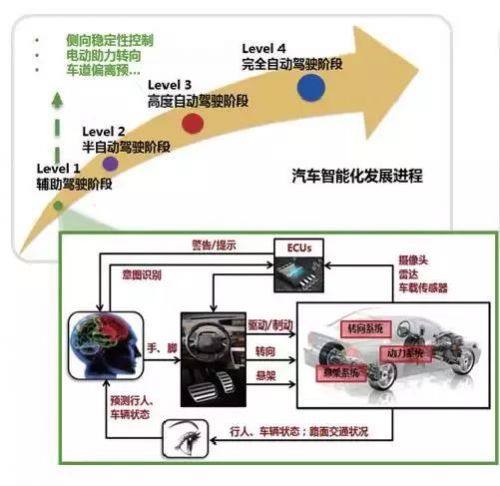
Figure 1 assisted driving stage
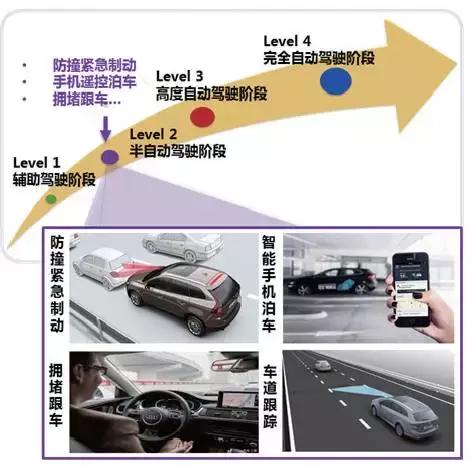
Figure 2 Semi-automatic driving phase
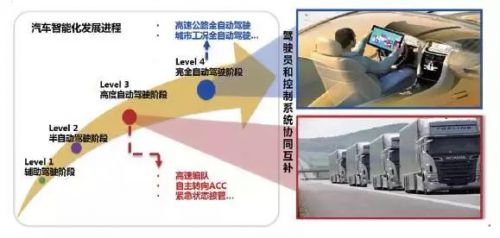
Figure 3 Highly automated driving and fully automated driving stages
Automotive intelligence is accompanied by the development of automotive electronics technology, the most significant of which is the proportion of electronic control units (ECUs) in the development of the entire vehicle. The first appearance of automotive electronics was the vacuum tube radio that was installed in the car in the early 1930s, when the car was still completely manned. With the advancement of technology, microcomputers are gradually being used in various subsystems of automobiles to compensate for the shortage of human drivers, helping them to better complete driving tasks while improving driving safety, comfort and fuel economy. 4). Nowadays, major auto manufacturers have equipped their cars with a variety of driver assistance systems. At this time, the cost of automotive electronics has accounted for more than 45% of the total cost of automobiles. It is not difficult to see that intelligence has become one of the development directions of the future car, and the ultimate goal of this development route will be to achieve full automatic driving. The growth of automotive electronics scale is shown in Figure 5.
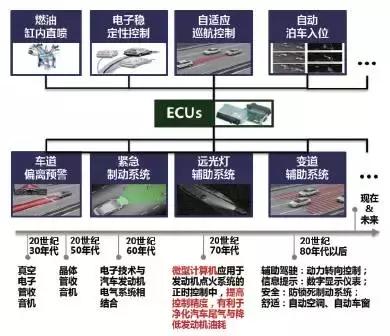
Figure 4 Time history of automotive electronics technology development
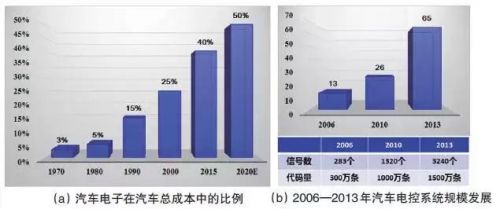
Figure 5 Car electronics scale development
At the national level, the overall principles for smart car automation grading standards issued by different countries are the same, but the details are slightly different. In "Made in China 2025", China divides intelligent car automation into driving assistance (DA), partial automatic driving (PA), altitude automatic driving (HA) and fully autonomous driving (FA) level 4, and gives each stage Functional definition. The typical classification criteria for automotive intelligent technology is shown in Figure 6.
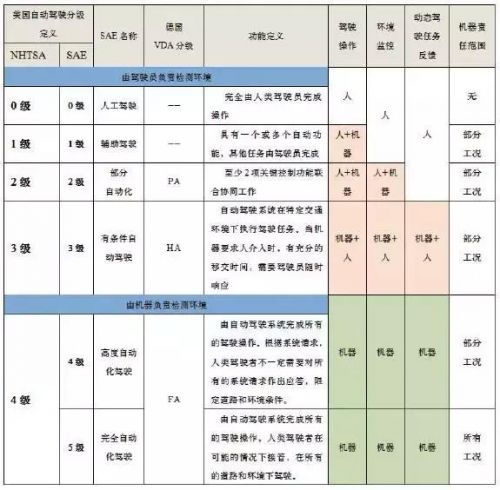
Figure 6 Typical automotive automation grading
Unmanned technology development route
Driverless technology is another technical route for car intelligence. The main feature of driverless driving is to skip the idea of ​​step-by-step development of automobile automation and directly realize the unmanned driving of vehicles. The research mainly comes from research institutes and IT enterprises, mainly to display technology, and the application field can be extended to closed semi-closed. Special scenes such as mines, docks, and large logistics sites. In recent years, the United States, Europe, Japan and other countries have carried out research on driverless cars, and have made some progress.
The United States is the earliest and most technologically advanced country in the field of driverless cars. At the national level, the Defense Advanced Research Projects Agency (DARPA) funds US automotive companies, research institutions, and higher education institutions to study the application of driverless technology in the military field. Specific projects include: ALV projects, DEMO -II plan, DEMO-III plan, etc. Google is currently the most successful company in the world of driverless cars. Google's driverless cars have been tested on the road for more than 1 million km. Currently, Nevada, Florida, California, Texas, Michigan, and Washington, DC, have legislated to allow unmanned cars to be on the road, although they are currently limited to testing purposes. Germany was also the first country to start researching driverless technology. As early as the 1980s, the Federal Defence Force University of Munich, Germany, cooperated with Mercedes-Benz to develop self-driving cars. The representative result is the Mercedes-Benz S500 driverless car. In 2013, the car completed a long-distance autonomous driving test on urban and inter-city roads, replicating the journey of Ms. Bell, Mrs. Bell, 125 years ago (Figure 7).
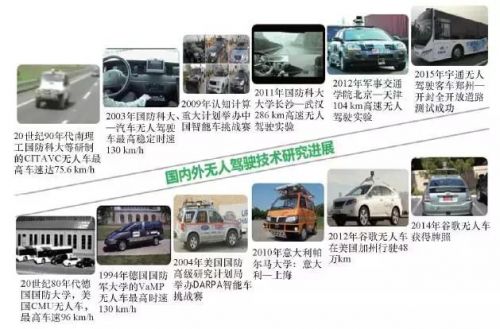
Figure 7 Research progress on unmanned driving technology at home and abroad
Although foreign research on the field of unmanned driving started early and invested heavily, the domestic and international technology gap in this field is not very large. Nanjing University of Science and Technology, Beijing Institute of Technology, Tsinghua University, Hefei Institute of Material Science, Chinese Academy of Sciences, Xi'an Jiaotong University, Military Transportation College, Shanghai Jiaotong University, Hunan University and other institutions have made a series of research progress on key technologies of driverless vehicles. The National University of Defense Technology began research on driverless cars in the 1980s. In 2003, it successfully developed the "Red Flag Flagship Autonomous Driving System".
 [1] [2] [3]
[1] [2] [3] 
12 Port USB lntelligent Charging
This 12 port USB 2.0 C -type charging hub is a good solution that can quickly charge and synchronize the smart USB charger device of the synchronous 12 port. iPad, iPhone, tablet, Bluetooth headset, etc. This is an ideal tool for effectively saving energy and preventing items from overheating. Suitable for the ideal choice of medium to large internal charge and synchronous stations. Ideal use places, such as business office, classroom, conference room, lobby, etc.

12 Port Type-C Charger,Charger Cable Fast Charging,Car Charger Holder Fast Charging,12 Port Intelligent Usb Charger
shenzhen ns-idae technology co.,ltd , https://www.best-charger.com